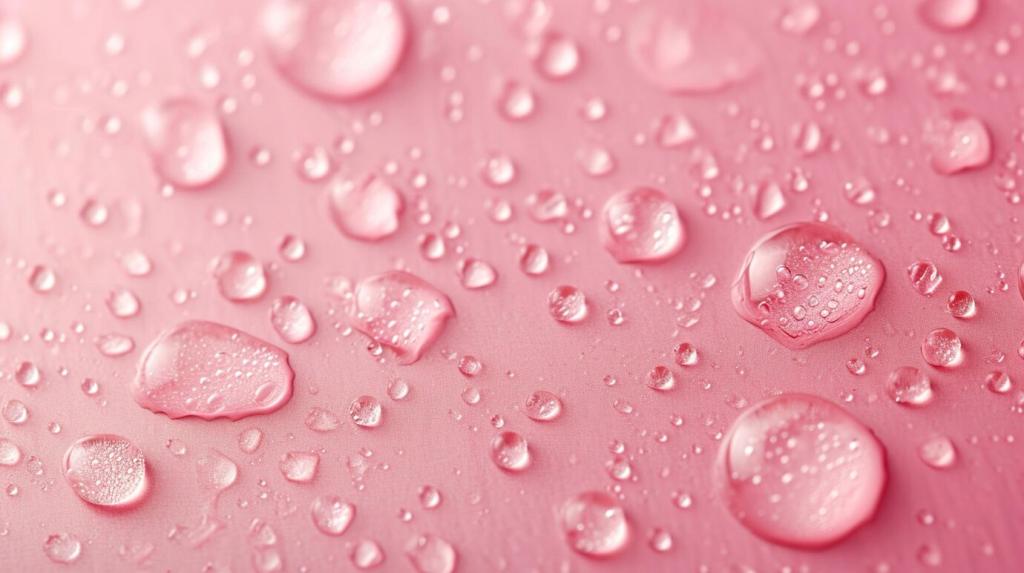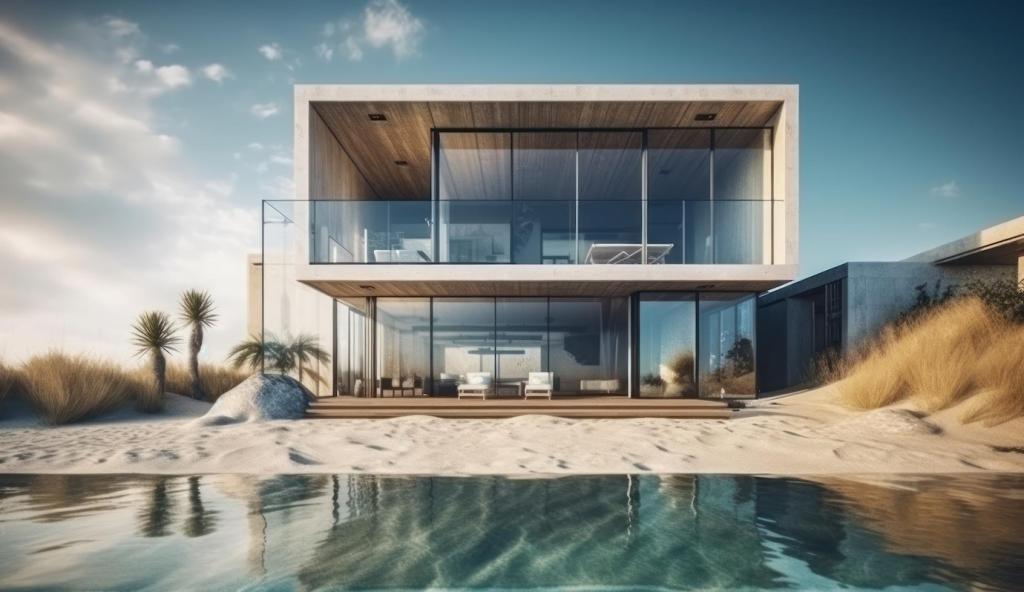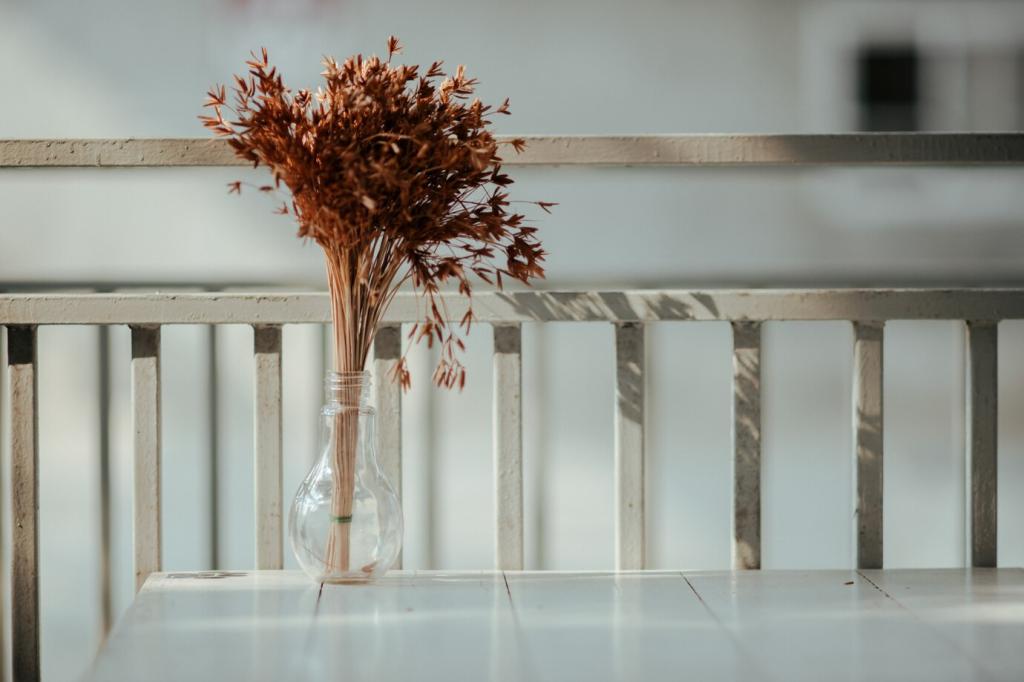Choosing a Color Palette for Minimalist Spaces
Minimalist spaces invite serenity, clarity, and a purposeful atmosphere. Yet, their effectiveness relies heavily on the right choice of color palette. Selecting the ideal hues for a minimalist setting goes beyond merely picking whites and neutrals; it’s about curating an environment that supports tranquility while drawing out the unique characteristics of the space. This guide takes you through essential considerations and approaches to choosing a color palette that elevates minimalist interiors, ensuring harmony, refinement, and subtle individuality thrive in every corner.
Previous
Next
The Essence of Minimalist Color Theory
Neutrals serve as the cornerstone of minimalist design. Shades of white, beige, gray, and taupe bring out subtle variations in texture and form, giving a minimalist space its depth and character without overwhelming the senses. By accentuating natural light and reflections, neutrals create a cohesive and calm environment. Their adaptability ensures they work harmoniously with architectural features and decor elements, letting other design qualities quietly emerge. Mastery of neutrals means understanding undertones—cool or warm—and their effect on the mood and temperature of the room. It’s this careful calibration that keeps a minimalist palette from feeling clinical and ensures enduring comfort.
The Role of Lighting in Color Perception
Daylight Dynamics
Natural light transforms color and space throughout the day, shifting both hue and value under its influence. Northern exposure tends to cool down colors, making blues, grays, and certain whites seem crisper, whereas southern exposure enhances warmth in neutrals and accent hues. Carefully observing how light moves through your space at different times allows you to fine-tune your palette for consistency. In minimalist environments, leveraging daylight accentuates the subtleties of your chosen hues, creating lively yet peaceful atmospheres where white walls glow or softly colored surfaces take on extra depth.
Artificial Illumination
Artificial lighting offers control over how your minimalist palette is experienced after sundown or on cloudy days. The temperature of your fixtures—cool or warm—will dramatically shift the perceived undertones of your colors. LEDs, incandescent bulbs, and newer smart lighting systems give you the power to support the intended ambiance, whether it’s crisp and energizing or soft and relaxing. Properly balancing the amount and type of artificial light helps maintain the tranquil, uncluttered feeling of your minimalist space, making sure textures and forms are always highlighted in their best light.
Shadow and Reflection
Shadows and reflections add dimension and complexity to minimalist color schemes. As light bounces from surface to surface, it can subtly alter color perception, lending gentle gradations and soft transitions across walls and furnishings. In minimalist interiors, well-placed lighting and reflective surfaces enhance this dynamic, helping rooms avoid flatness and monotony. Thoughtfully considering where shadows will fall or how materials will reflect light makes your color choices feel alive and immersive, further deepening the serene, layered effect of minimalist design.

Calm Through Cool Tones
Cool colors such as soft blues, pale greens, and gentle grays evoke serenity and clarity—qualities cherished in minimalist design. These hues temper overstimulation and promote relaxed contemplation, making them well suited for bedrooms, baths, and workspaces. The subtle presence of cool tones can also help visually enlarge a room, enhancing airiness without calling attention to itself. When enacted thoughtfully, cool palettes reinforce the peaceful, clutter-free intent central to minimalist environments and support positive state of mind.

Warmth and Invitation
Minimalist spaces shouldn’t feel unwelcoming or austere. Even within strict design frameworks, warm colors—beiges, mild yellows, gentle blushes—can bring comfort and a sense of approachability. These hues infuse minimalist rooms with quiet warmth, preventing sterility and providing a soft embrace to occupants and visitors alike. By subtly integrating warm tones, you can create an environment that supports relaxation and conversation, making the most out of minimal decor while preserving essential hospitality.

Balance Through Contrast
Minimalist palettes benefit from balance—neither too cold nor overly warm, neither overwhelmingly light nor oppressively dark. Skillful contrast, such as pairing crisp whites with charcoal grays or creamy beiges with deep browns, helps ground spaces and prevents monotony. The psychological effect of contrast is a feeling of completeness and attentiveness, where every detail appears intentional. Striking a harmonious balance through contrast means the space remains visually engaging while upholding the ethos of minimalism: clarity, order, and meaning in every element.
